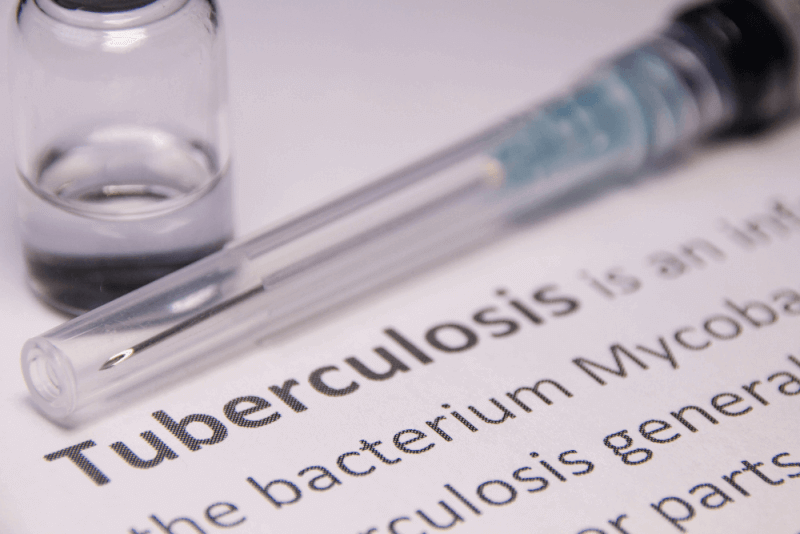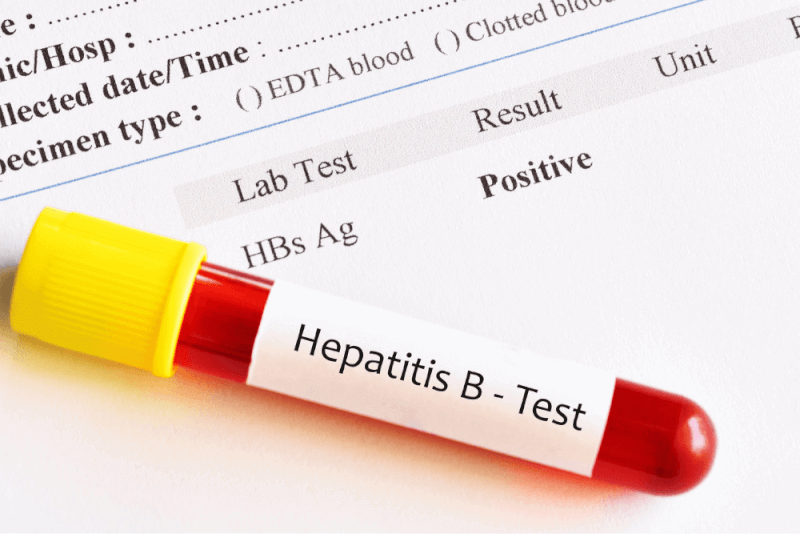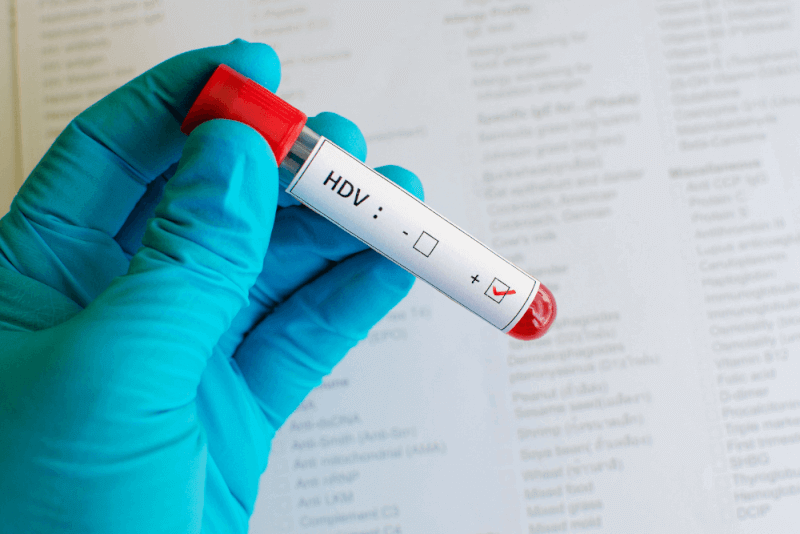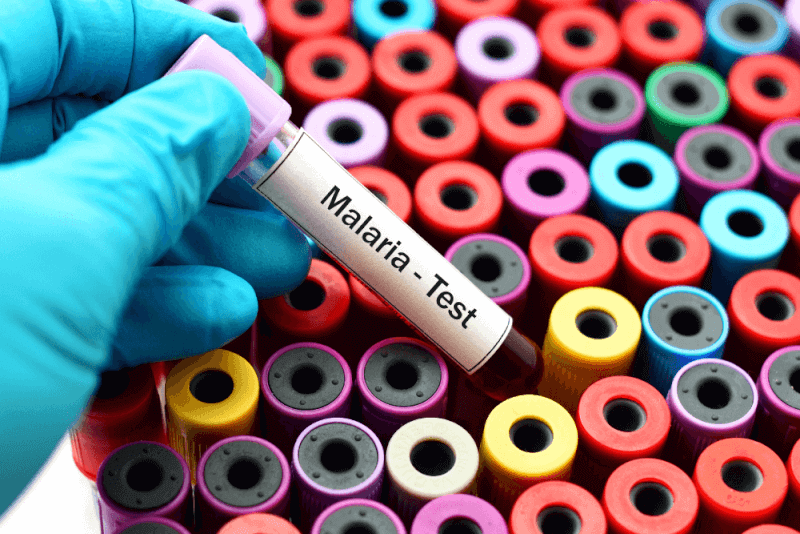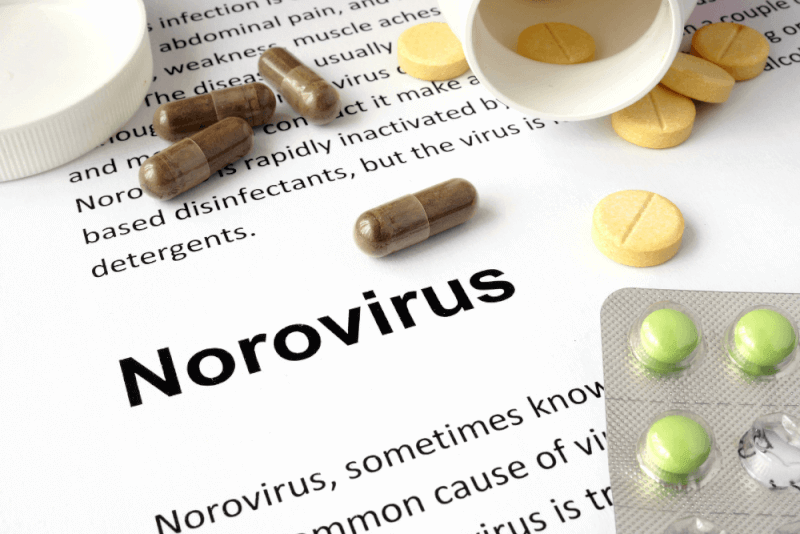What is Tuberculosis?
Tuberculosis is a contagious disease caused by bacteria that can cause infections in many tissues, primarily the lungs. It usually affects the lungs, but it can also be seen in other organs such as the spine, brain, or kidneys.
Tuberculosis is also known as TB. Not everyone infected with the tuberculosis bacteria becomes ill. However, if the disease develops, it needs to be treated.
If a person is infected with the bacteria but shows no symptoms, it is called inactive or latent tuberculosis. In this case, the person does not appear to be ill, but the pathogen is dormant.
When symptoms start to appear in an infected person, it is referred to as active tuberculosis or tuberculosis disease. Tuberculosis has three stages. These stages are:
- Primary infection
- Latent tuberculosis infection
- Active tuberculosis disease
Tuberculosis still affects approximately 10 million people worldwide. Although the death rates have significantly decreased compared to the 1940s and 1950s, about 1.5 million people die annually due to tuberculosis.
Causes of Tuberculosis
The bacterium that causes tuberculosis infections in organs is called Mycobacterium tuberculosis. It spreads through the air, and therefore, usually infects the lungs. However, it can infect other parts of the body. Although tuberculosis is highly contagious, it does not spread quickly. A person needs to spend a lot of time with an infected person for transmission to occur.
Causes of drug-resistant tuberculosis
Some types of tuberculosis bacteria have become resistant to drugs. Therefore, drugs that once treated the disease are no longer effective. This is partly due to naturally occurring genetic changes in bacteria. A random genetic change in the bacteria can increase the likelihood of surviving an antibiotic attack. Therefore, it continues to survive and multiply despite the use of antibiotics.
Drug-resistant bacteria also arise when antibiotics are not used correctly or when the drugs fail to kill all the bacteria for another reason. When these bacteria are transmitted to others, it is possible for a new drug-resistant strain to develop over time. Problems that can lead to drug-resistant bacteria include:
- Prescribing an incorrect treatment plan
- Unavailability of drugs
- Poor quality drugs
- Body not absorbing the drugs as expected
- Drugs not being used according to instructions
Symptoms of Tuberculosis
People with inactive tuberculosis do not show any symptoms. This condition can only be detected by a skin reaction test or a blood test.
In patients with active tuberculosis, any of the following symptoms may be seen:
- Cough lasting more than 2 weeks
- Chest pain
- Coughing up blood or phlegm
- Fatigue or weakness
- Loss of appetite
- Weight loss
- Chills
- Fever
- Night sweats
Active tuberculosis in children
Symptoms of active tuberculosis disease in children vary. These symptoms typically change according to age.
- In adolescents, active tuberculosis disease has symptoms similar to those in adults.
- In children aged 1 to 12, it manifests as persistent fever and weight loss.
- In infants, active tuberculosis disease can result in failure to thrive or gain weight as expected. Additionally, some symptoms may be seen due to the swelling of the fluid around the brain or spinal cord. These symptoms include being inactive, being unusually fussy, vomiting, poor feeding, a swollen fontanel, and weak reflexes.
Diagnosis criteria for Tuberculosis
There are two different screening tests used to diagnose tuberculosis. The first of these tests is called the Mantoux tuberculin skin test (TST). In this test, healthcare professionals inject a small amount of a substance called purified protein derivative (PPD) under the skin of the forearm.
2 to 3 days later, the injection site is examined. If there is an infection, reactions are seen at the site.
Another test used to diagnose tuberculosis is the interferon-gamma release assay (IGRA). For this test, a blood sample is taken and examined in a laboratory.
Advanced tests used to determine whether there is a tuberculosis infection or if the lungs are infected include:
- Laboratory tests on sputum and lung fluid
- Chest X-ray
- Computed tomography (CT) scan
Treatment methods for Tuberculosis
As tuberculosis is a bacterial infection, various drugs are used in its treatment. These drug groups include:
- Isoniazid
- Rifampin
- Ethambutol
- Pyrazinamide
- Rifapentine
It is extremely important to follow the treatment plan strictly. Otherwise, not all bacteria will die. Therefore, the drugs must be used for the prescribed duration, which can extend up to 9 months in some cases. Due to the resistance of some types of tuberculosis to drugs, it is likely that more than one drug will be used.
Complications of Tuberculosis treatment
Some patients may experience side effects from the drugs used in tuberculosis treatment, including:
- Rashes and other skin reactions
- Nausea
- Stomach discomfort
- Itchy skin
- Jaundice
- Dark urine
If any side effects are seen, a doctor should be consulted because some side effects are signs of liver damage.
Tuberculosis vaccine
In some countries, a tuberculosis vaccine is used. The reason for using the tuberculosis vaccine is to prevent serious types of tuberculosis, such as meningitis or miliary tuberculosis, in children in countries with high tuberculosis rates. This vaccine, called BCG, can reduce the accuracy of skin tests for tuberculosis.
Where is Tuberculosis found?
Although tuberculosis usually affects the lungs, it can also affect other organs in the body. Organs affected by tuberculosis bacteria include:
Pulmonary Tuberculosis
Pulmonary tuberculosis occurs when tuberculosis bacteria infect the lungs. The bacteria that cause tuberculosis in the lungs is Mycobacterium tuberculosis. Contagious tuberculosis, or pulmonary tuberculosis, is transmitted through airborne droplets.
Symptoms of Pulmonary Tuberculosis
Symptoms of pulmonary tuberculosis include:
- Difficulty breathing
- Chest pain
- Cough, usually with mucus
- Coughing up blood
- Excessive night sweating
- Exhaustion
- Fever
- Weight loss
- Wheezing
Breast Tuberculosis
Breast tuberculosis is a rare form of extrapulmonary tuberculosis that affects women of reproductive age. It is extremely rare in men, postmenopausal women, and pre-adolescent girls. It is very difficult to diagnose as it can mimic benign conditions as well as malignant diseases such as carcinoma. In addition, it can be challenging to distinguish breast tuberculosis from mastitis. Therefore, other causes must be excluded before making a diagnosis.
Symptoms of Breast Tuberculosis
Primary symptoms of breast tuberculosis include:
- Erosion of breast skin
- Mass in the upper outer quadrant of the breast
- Mass with hard irregular edges
- Mass adhering to the skin, muscles, or even chest wall
- Retraction of the nipple
- Fistula formation
- Rare breast discharge
- Skin ulceration
- Mastitis
Throat Tuberculosis
Throat tuberculosis is a type of tuberculosis that usually infects the vocal cords. Since this infection is part of the respiratory system, it can cause the disease to spread.
Symptoms of Throat Tuberculosis
Throat tuberculosis presents with symptoms similar to those of pulmonary tuberculosis.
Liver Tuberculosis
One percent of active tuberculosis cases are liver tuberculosis. This condition, called hepatic tuberculosis, particularly affects men.
Symptoms of Liver Tuberculosis
Symptoms of liver tuberculosis include:
- Hepatomegaly
- Fever
- Respiratory symptoms
- Abdominal pain
- Weight loss
- Ascites
- Jaundice
- Severe widespread abdominal pain if gallbladder involvement is present
Skin Tuberculosis
Skin tuberculosis, a rare manifestation of tuberculosis, is caused by bacteria such as M. tuberculosis, M. bovis, or Bacillus Calmette-Guérin. In 5% to 10% of those infected with bacteria that cause skin tuberculosis, the disease becomes active.
Symptoms of Skin Tuberculosis
Symptoms of skin tuberculosis vary as it is divided into many subtypes. Characteristically, lesions appear on the skin in skin tuberculosis.
Stages of Tuberculosis
Tuberculosis infection can be in one of three stages:
Primary Tuberculosis Infection
The first stage of tuberculosis infection is called primary infection. In this stage, the immune system cells find and capture the bacteria. The immune system may completely destroy the microbes. In some cases, live bacteria may remain and continue to multiply. In a significant portion of people, no symptoms are seen during the primary infection. However, some people may experience flu-like symptoms. These symptoms include:
- Low fever
- Fatigue
- Cough
Latent Tuberculosis Infection
Primary tuberculosis infection is usually followed by a stage called latent tuberculosis infection. In this stage, immune system cells build a wall around the tuberculosis microbes in the tissue. If the immune system keeps the microbes under control, the bacteria do not cause further damage. However, the microbes remain alive. No symptoms are seen during the latent tuberculosis stage.
Active Tuberculosis Infection
Active tuberculosis infection occurs when the immune system cannot control the bacteria. In this stage, the bacteria cause disease in the lungs or other parts of the body. The active tuberculosis stage can occur immediately after the primary infection of the disease. However, it usually occurs after months or years of latent tuberculosis infection. Symptoms of active tuberculosis disease in the lungs generally start slowly and worsen over a few weeks. Symptoms of active tuberculosis disease are characteristic of tuberculosis disease. If the active tuberculosis stage affects an organ other than the lungs, the symptoms vary depending on the infected organ. In addition to the symptoms of active tuberculosis, the following may be present:
- Pain near the infection site
- Active tuberculosis disease in the larynx shows symptoms similar to those of pulmonary tuberculosis, although it is outside the lungs.
Ways to prevent Tuberculosis
To prevent tuberculosis, it is first necessary to know how the disease spreads. Bacteria that cause tuberculosis are released into the air when an infected person coughs, sneezes, talks, sings, or even laughs. As it is an airborne disease, only patients with active lung infections can transmit the disease. The immune system can fight the bacteria that cause tuberculosis and stop them from growing. Therefore, a significant portion of the population has inactive tuberculosis infection. Although the bacteria are inactive, they remain alive in the body. Consequently, tuberculosis can become active and cause disease when the immune system weakens.
To avoid tuberculosis, it is important to follow the infection prevention rules listed below:
- Wash hands frequently and thoroughly
- Cough into the elbow or cover the mouth when coughing
- Avoid close contact with other people
- Take all medications correctly
- Do not return to work or school until approved by a healthcare professional
The most important measures to prevent the spread of tuberculosis in hospitals are ensuring proper ventilation and using appropriate personal protective equipment.
Precautions for patients with Tuberculosis
Tuberculosis patients need to take necessary hygiene measures to prevent the spread of the disease. In addition, it is extremely important for patients to pay attention to their nutrition because the disease can cause loss of appetite and weight loss. Proper nutrition helps achieve positive results from treatment.
When creating a diet for tuberculosis patients, three main points need to be considered. The first is to ensure the intake of necessary energy. Additionally, a balanced diet in terms of carbohydrates, protein, fat, vitamins, and minerals should be created. Furthermore, due to the nausea and vomiting caused by the treatment, the chosen foods should be quickly absorbed.
Foods that tuberculosis patients should include in their diet include:
- Zinc: Vomiting caused by the side effects of tuberculosis drugs can significantly decrease zinc levels in the body. Vomiting can disrupt the immune system. To support zinc intake, foods rich in zinc such as peas, egg yolks, and seafood should be preferred.
- Iron: Especially in patients with pulmonary tuberculosis, iron deficiency is frequently encountered. Therefore, it is important to increase iron intake. Foods rich in iron include mushrooms, egg yolks, and beef.
- In addition, patients should also take vitamins A, C, E, K, and B group vitamins. Foods such as chicken, beef, seafood, beans, and potatoes should be consumed in abundance.
Foods that tuberculosis patients should remove from their diet include:
- Spices such as mustard, ginger, and red pepper can worsen the cough.
- Alcohol, stimulants, caffeine, and tea can cause long-term fever, nervous disorders, and night sweats in patients.
- Smoking should be avoided, and patients should not be in environments where smoking occurs.
Risk factors for Tuberculosis
Tuberculosis can cause complications such as:
- Joint damage
- Lung damage
- Infection or damage to bones, spinal cord, brain, or lymph nodes
- Liver and kidney problems
- Inflammation of tissues around the heart
When should you get a Tuberculosis test?
A tuberculosis test may be necessary under the following conditions:
- Living or working in high-risk group settings such as prisons, nursing homes, skilled care facilities, shelters, and other healthcare facilities
- Working in a microbiology laboratory
- Having contact with someone known or suspected to have tuberculosis
- Having a weakened immune system
- Traveling to regions with high tuberculosis prevalence such as Latin America, the Caribbean, Africa, Asia, Eastern Europe, and Russia
- Using recreational drugs
- Having an immature or compromised immune system, such as in infants and children
- Having chronic diseases such as kidney disease, diabetes, or other chronic illnesses
- Having undergone organ transplantation
- Receiving chemotherapy for cancer or other treatments that suppress the immune system


